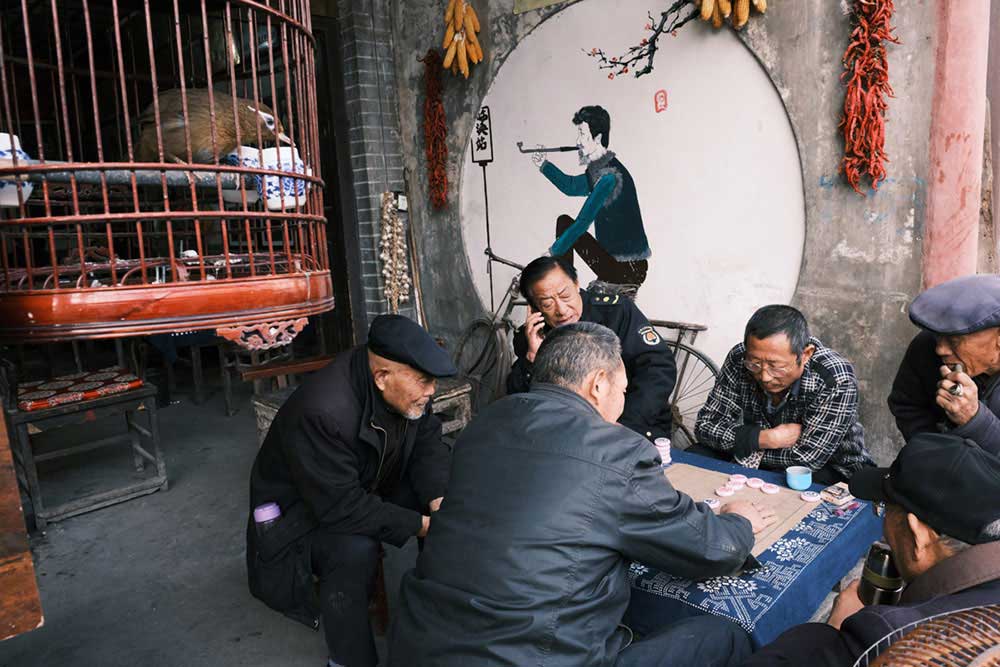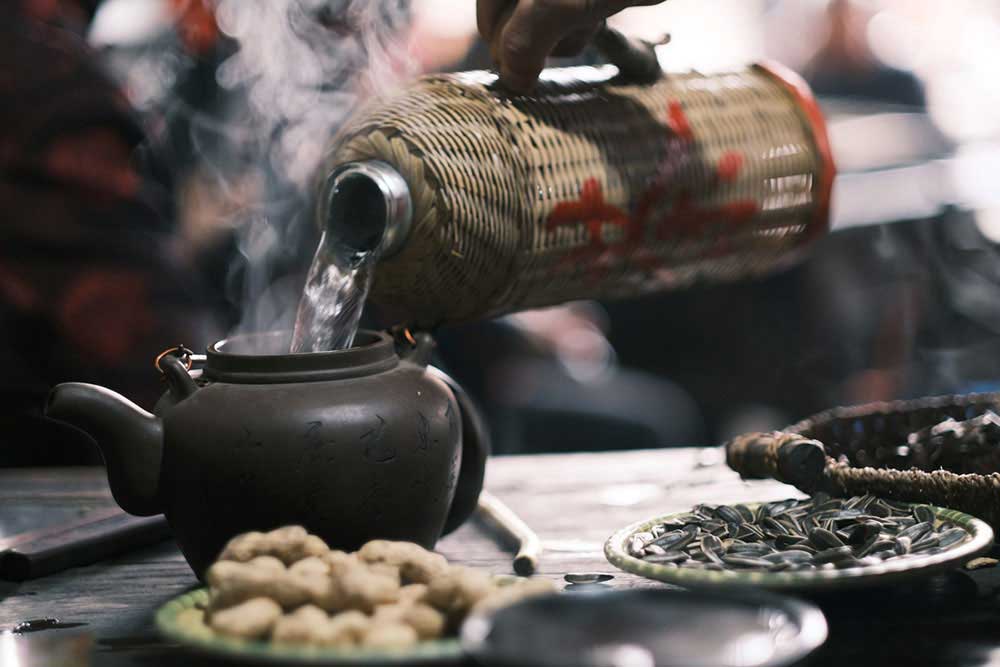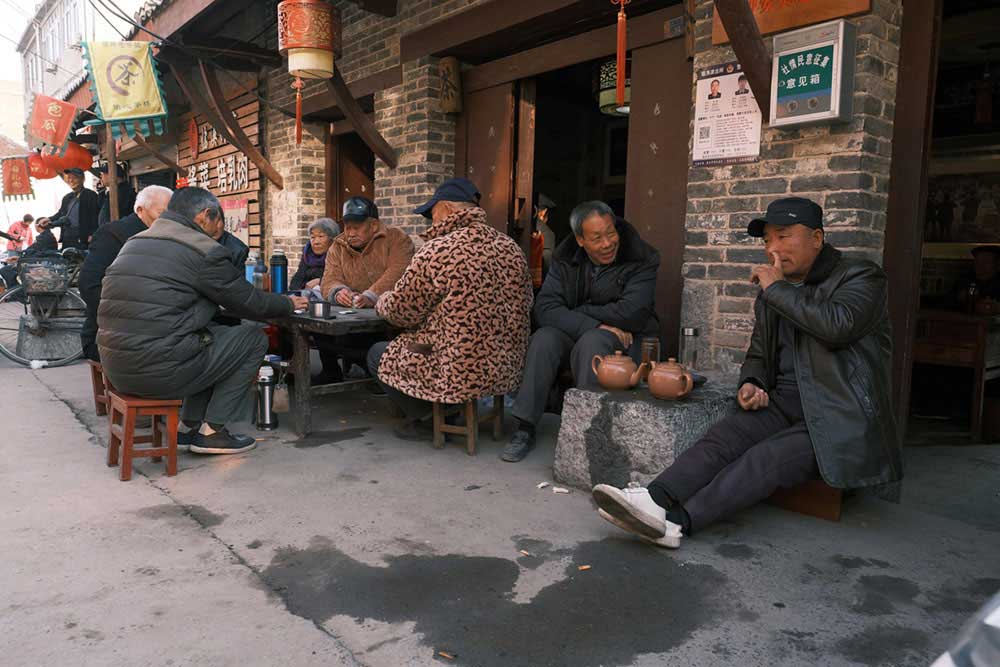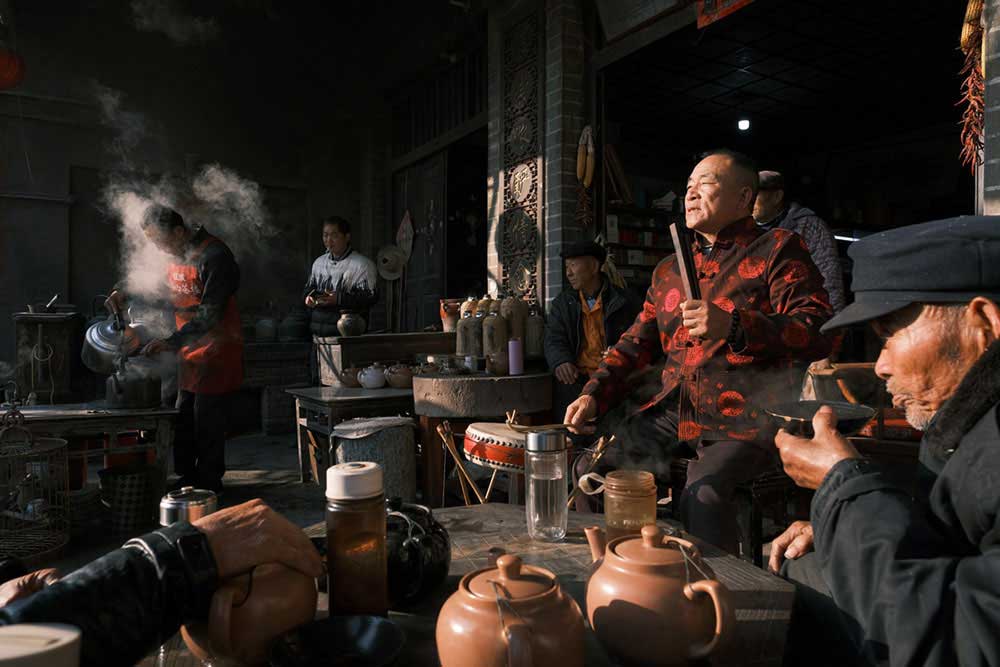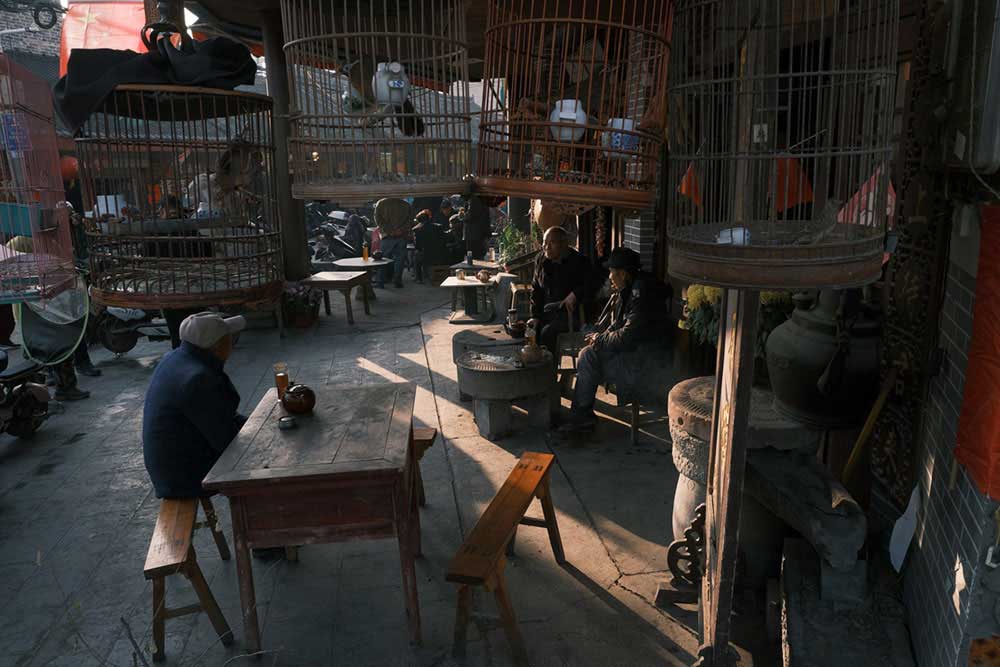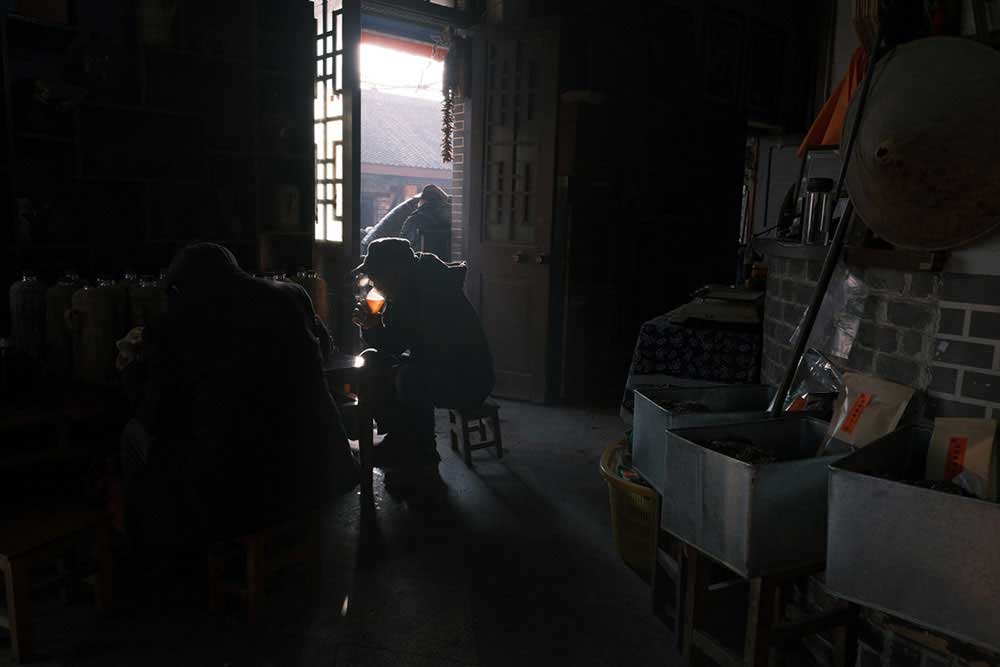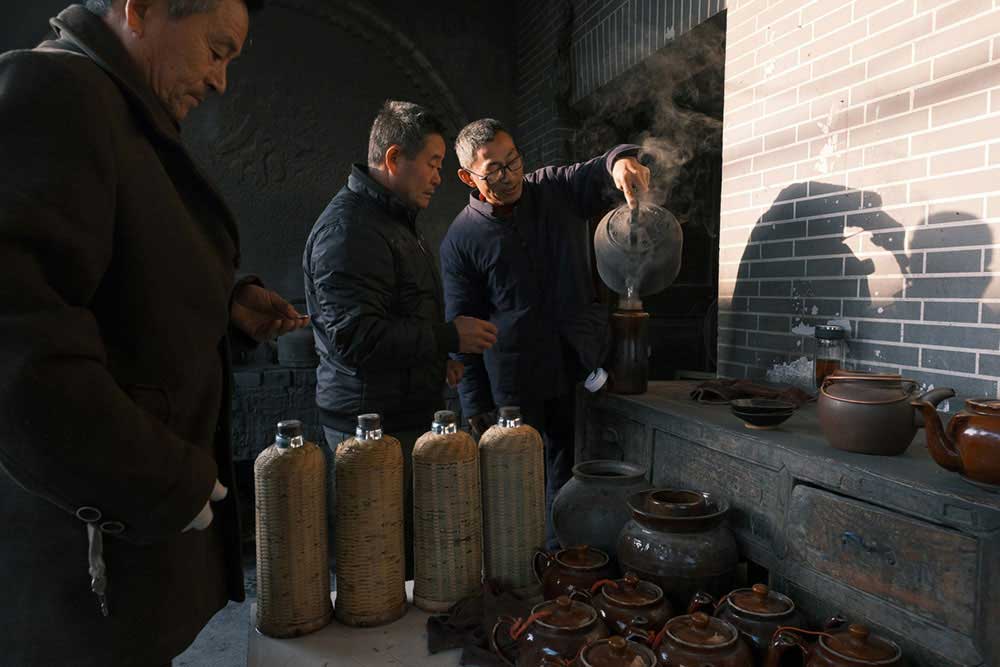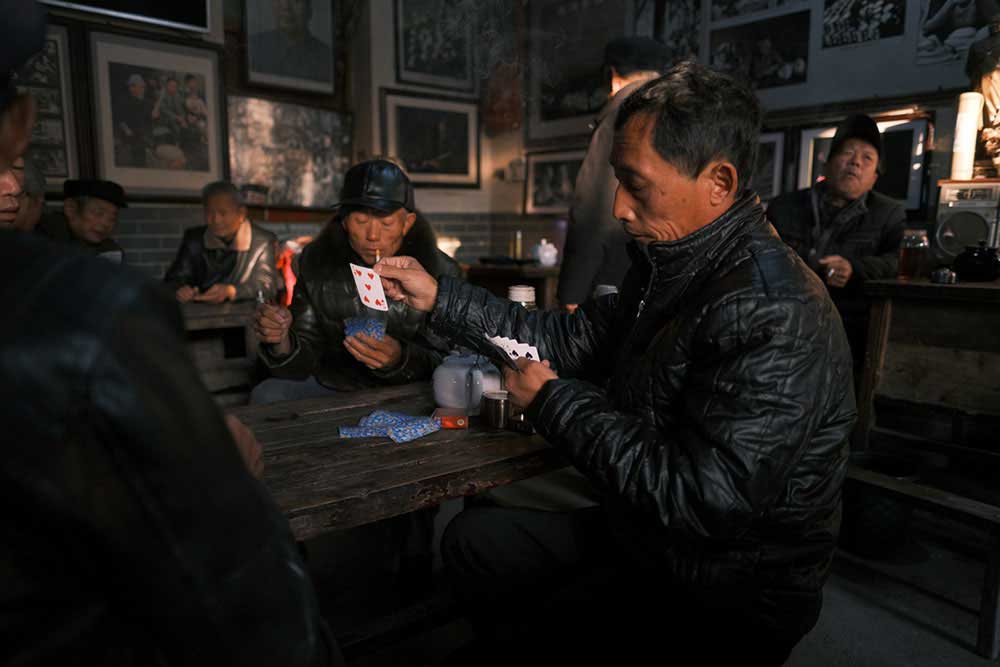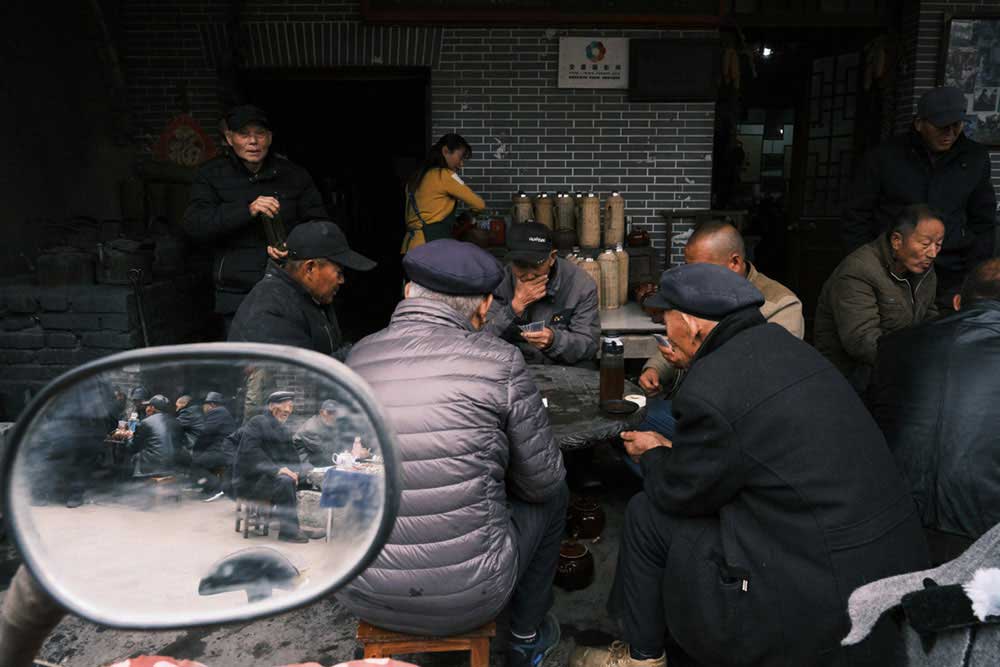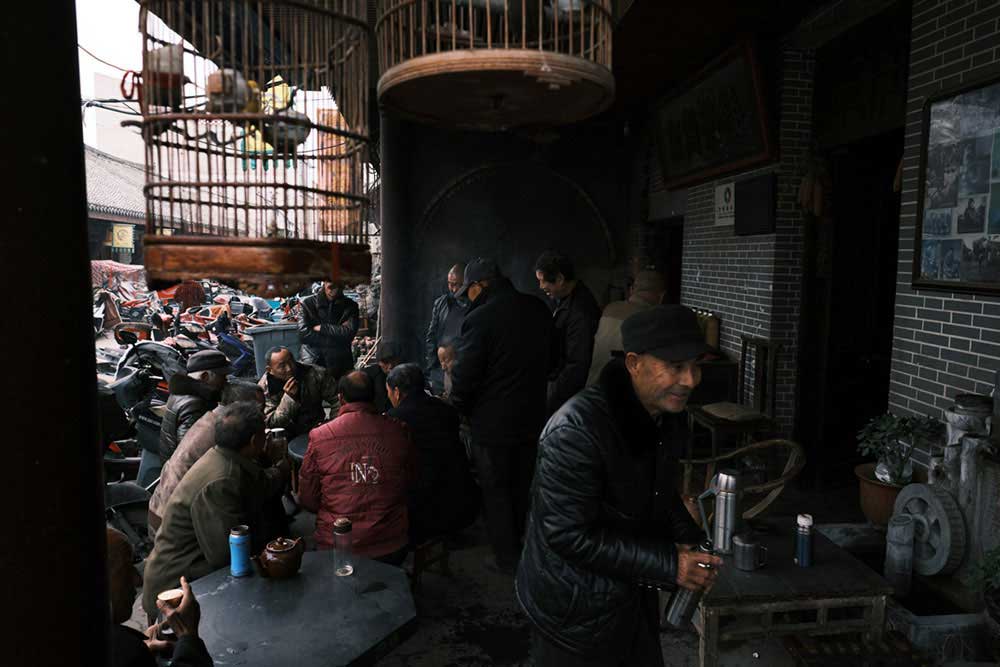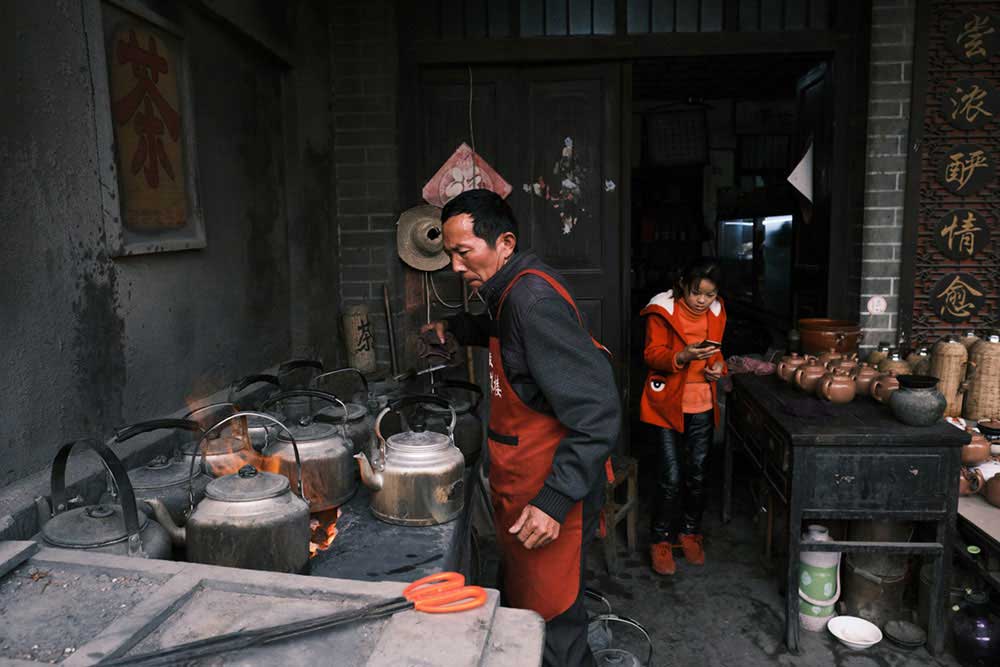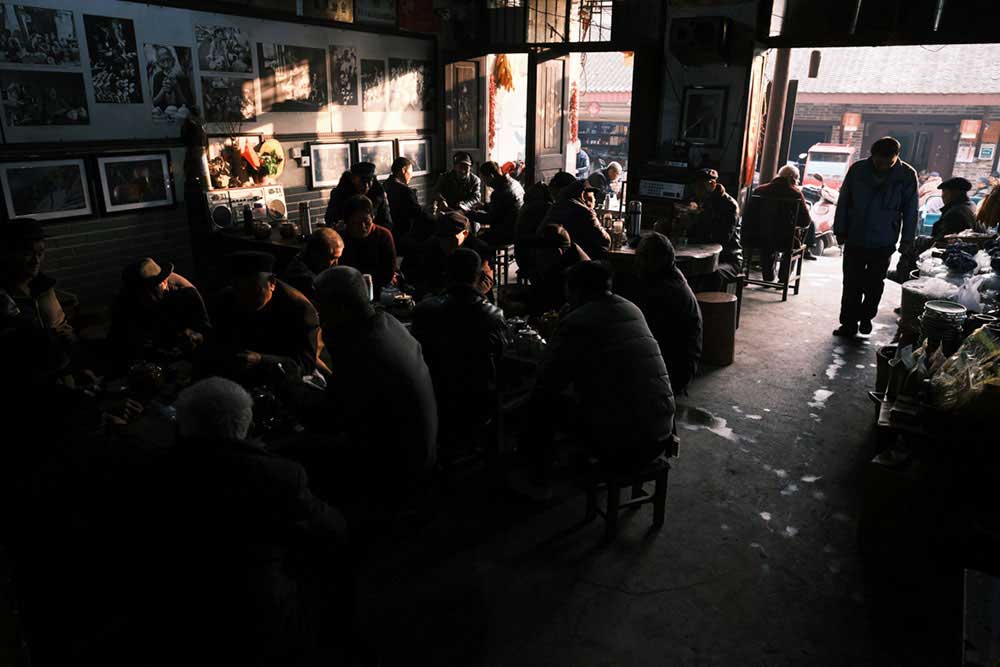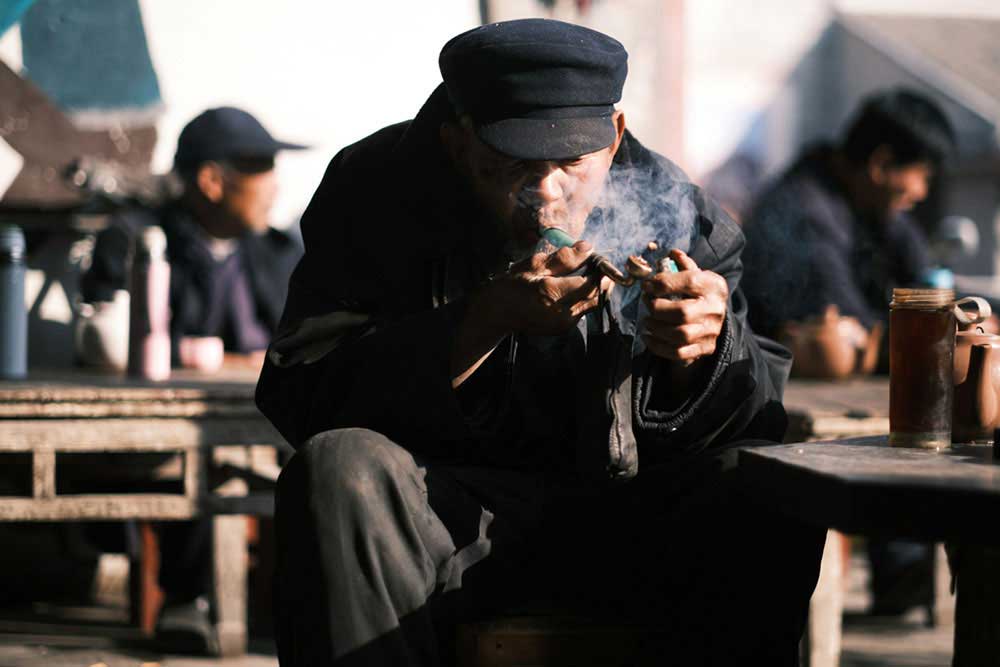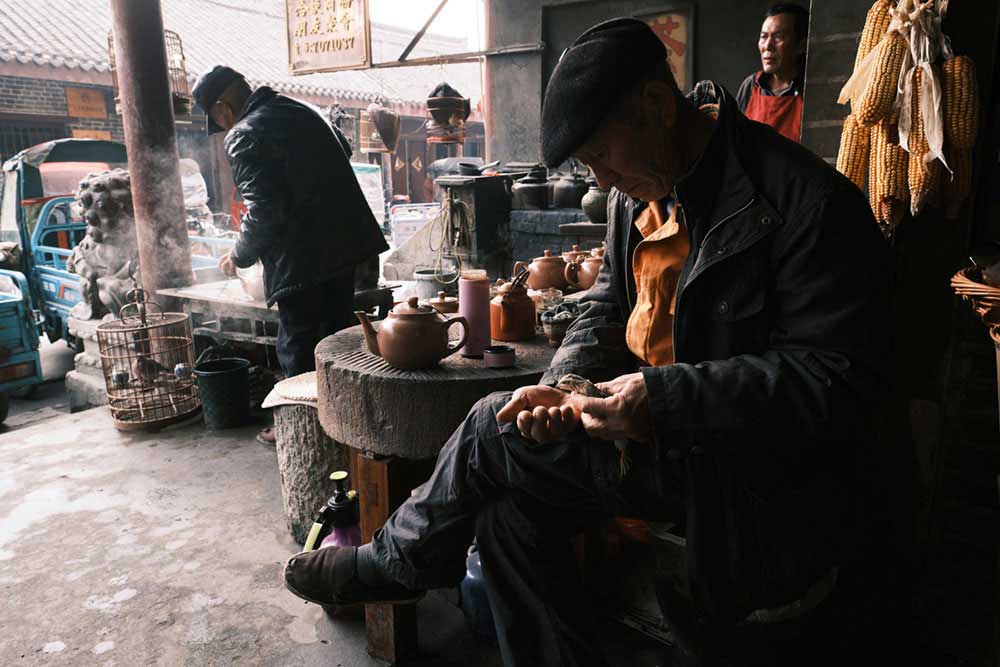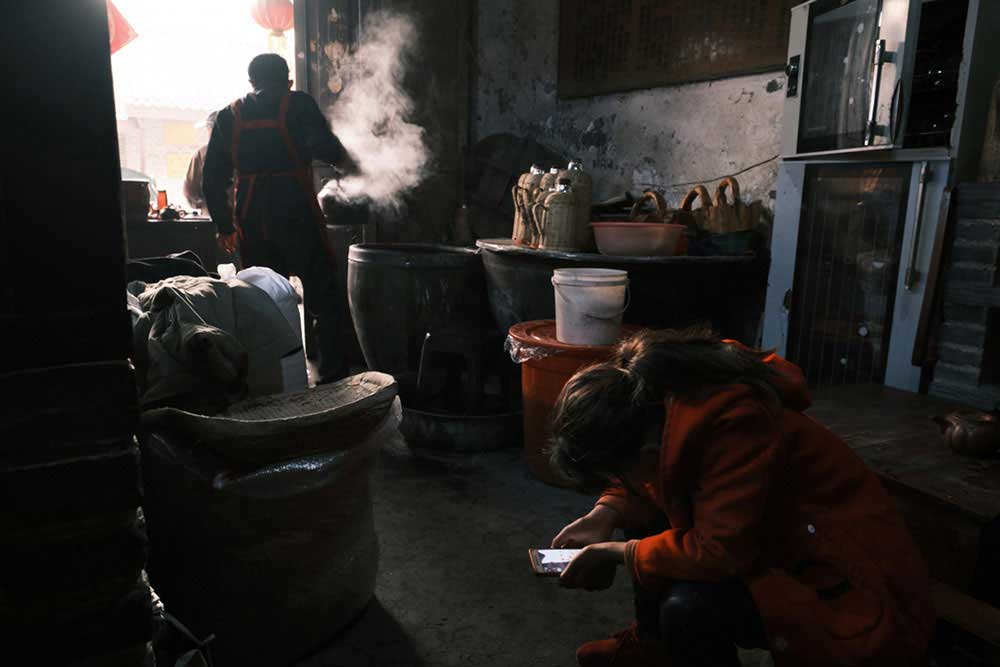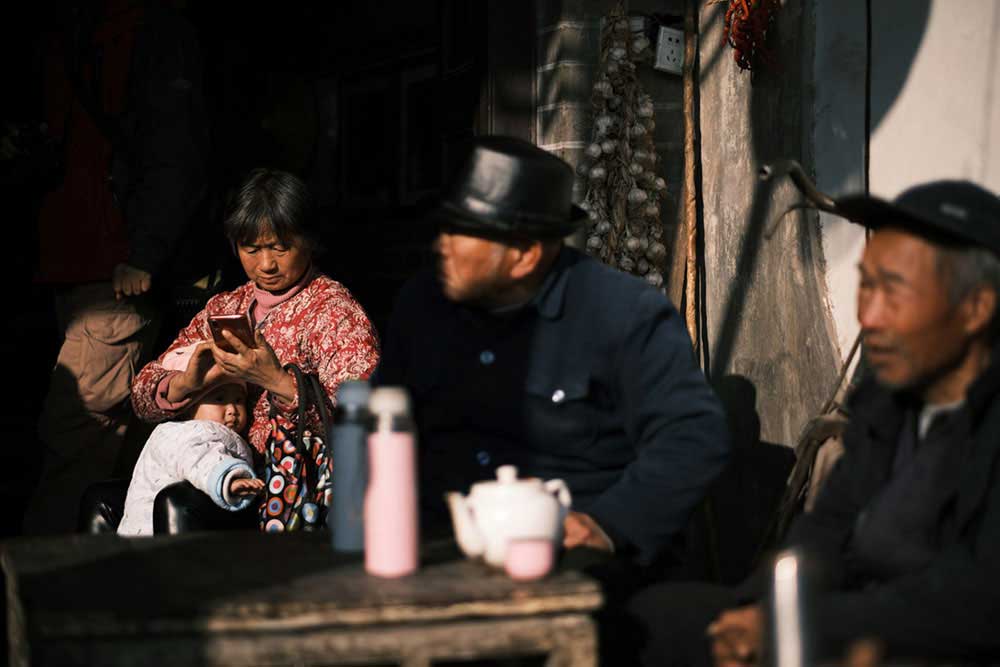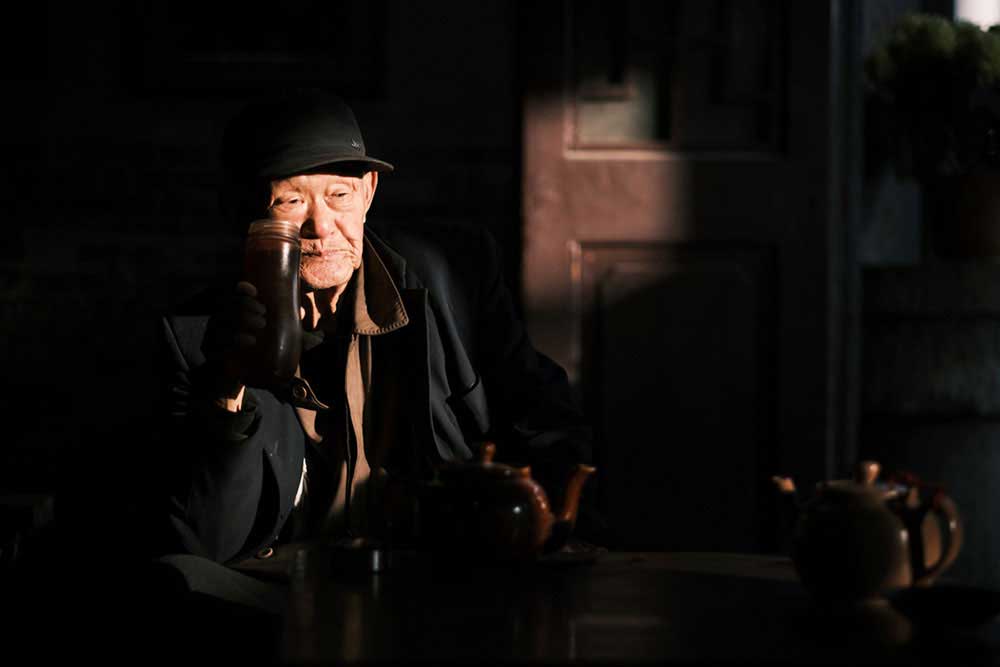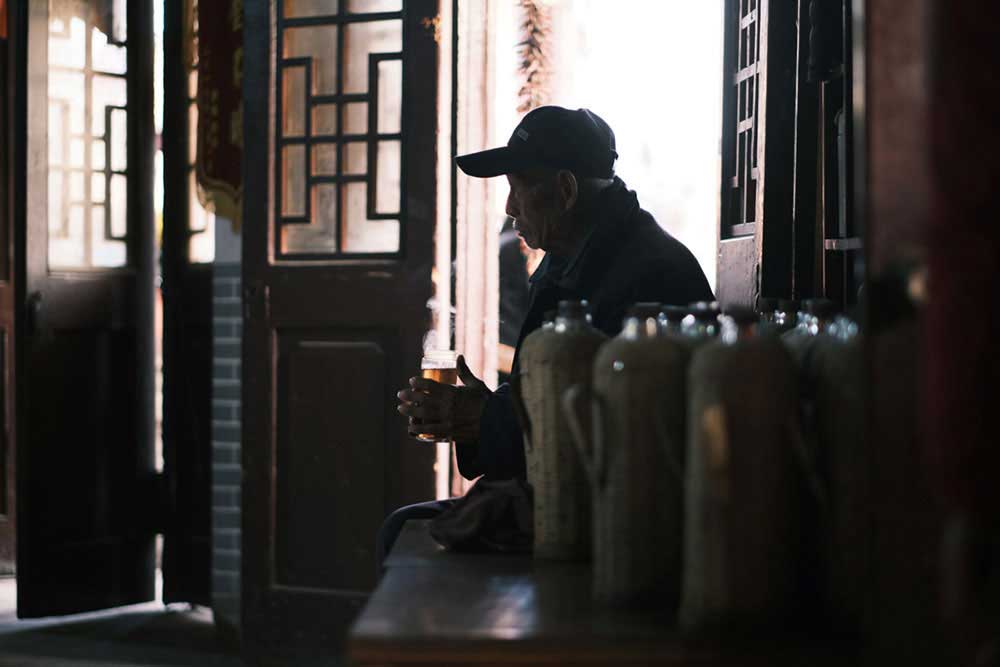Ancient Chinese scholars used the teahouse as a place for sharing ideas. The teahouse was a place where political allegiances and social rank were said to have been temporarily suspended in favour of an honest and rational discourse.
The leisurely consumption of tea promoted conviviality and civility amongst the participants. The teahouse is not only a minor by-product of Chinese tea culture; it offers historical evidence of Chinese tea history. Today, people can also sense a kind of humanistic atmosphere in Huaibei city, East China’s Anhui province. It has a long history that can dates back to more than four thousand years ago. Local people here have kept the tradition of drinking tea since Ming Dynasty (1368-1644 AD), which leaves its print on people’s life here through the old square table, the rough sand bowl and the rusty copper tea pot. Customers usually show up at the tea house in the early morning, where they can not only drink tea, but also smoke pipe, play cards, chat with each other and enjoy the leisure time.
As a documentary and travel photographer, looking for stories and wonderful discovery during travel and I usually attracted by stories with strong cultural history. I like to show people interesting pictures, meaningful pictures that carried empathic and authentic. I believed photography is able to influence people, inspire people. Therefore, to capture pictures that contain my belief and opinion about the story is what I like to do most.
This teahouse series is my second body of work about China tea culture, I did the first series in Chengdu, China two years ago and presented in black and white pictures. I love black and white photography, especially for documentaries. For my second series about the teahouse in China, is colour pictures. I believed it works well when it is done with heard.



